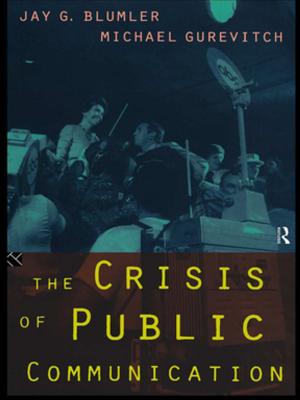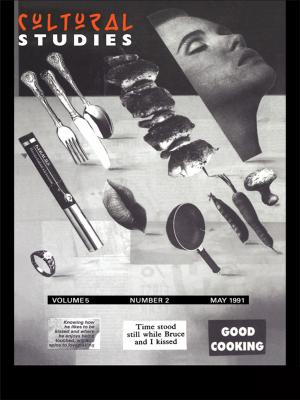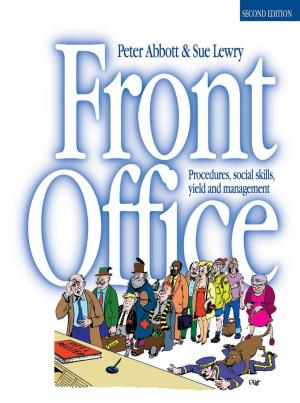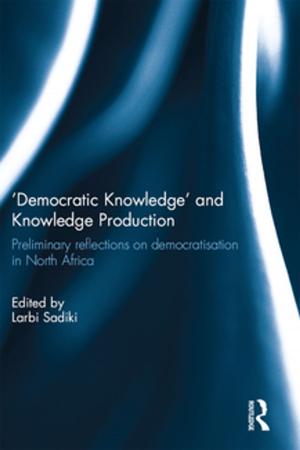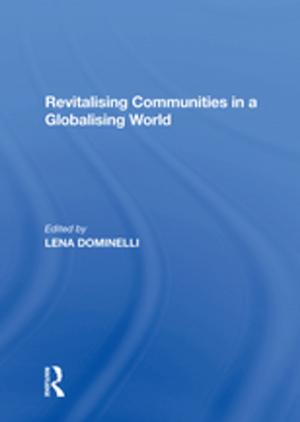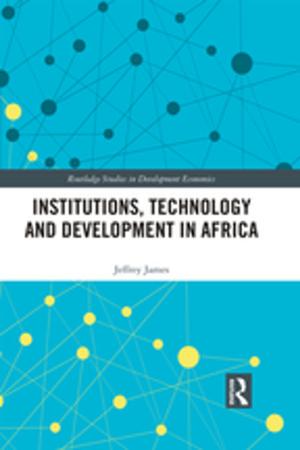Sustaining Cultural Development
Unified Systems and New Governance in Cultural Life
Nonfiction, Art & Architecture, General Art| Author: | ISBN: | 9781317047551 | |
| Publisher: | Taylor and Francis | Publication: | April 1, 2016 |
| Imprint: | Routledge | Language: | English |
| Author: | |
| ISBN: | 9781317047551 |
| Publisher: | Taylor and Francis |
| Publication: | April 1, 2016 |
| Imprint: | Routledge |
| Language: | English |
In Sustaining Cultural Development, Biljana Mickov and James Doyle argue that effective programmes to promote greater participation in cultural life require substantial investment in research and strategic planning. Using studies from contributors throughout Europe, they look at ways to promote cultural life as the centre of the broader sustainable development of society. These studies illustrate how combining cultural identity, cultural diversity and creativity with increased participation of citizens in cultural life improves harmonized cultural development and promotes democracy. They indicate a shift from traditional governance of the cultural sector to a new, more horizontal, approach that links cultural workers at different levels in different sectors and different locations. This book will stimulate debate amongst cultural leaders, city managers and other policy makers, as well as serving as a resource for researchers and those teaching and learning on a range of post-graduate courses and programmes.
In Sustaining Cultural Development, Biljana Mickov and James Doyle argue that effective programmes to promote greater participation in cultural life require substantial investment in research and strategic planning. Using studies from contributors throughout Europe, they look at ways to promote cultural life as the centre of the broader sustainable development of society. These studies illustrate how combining cultural identity, cultural diversity and creativity with increased participation of citizens in cultural life improves harmonized cultural development and promotes democracy. They indicate a shift from traditional governance of the cultural sector to a new, more horizontal, approach that links cultural workers at different levels in different sectors and different locations. This book will stimulate debate amongst cultural leaders, city managers and other policy makers, as well as serving as a resource for researchers and those teaching and learning on a range of post-graduate courses and programmes.



